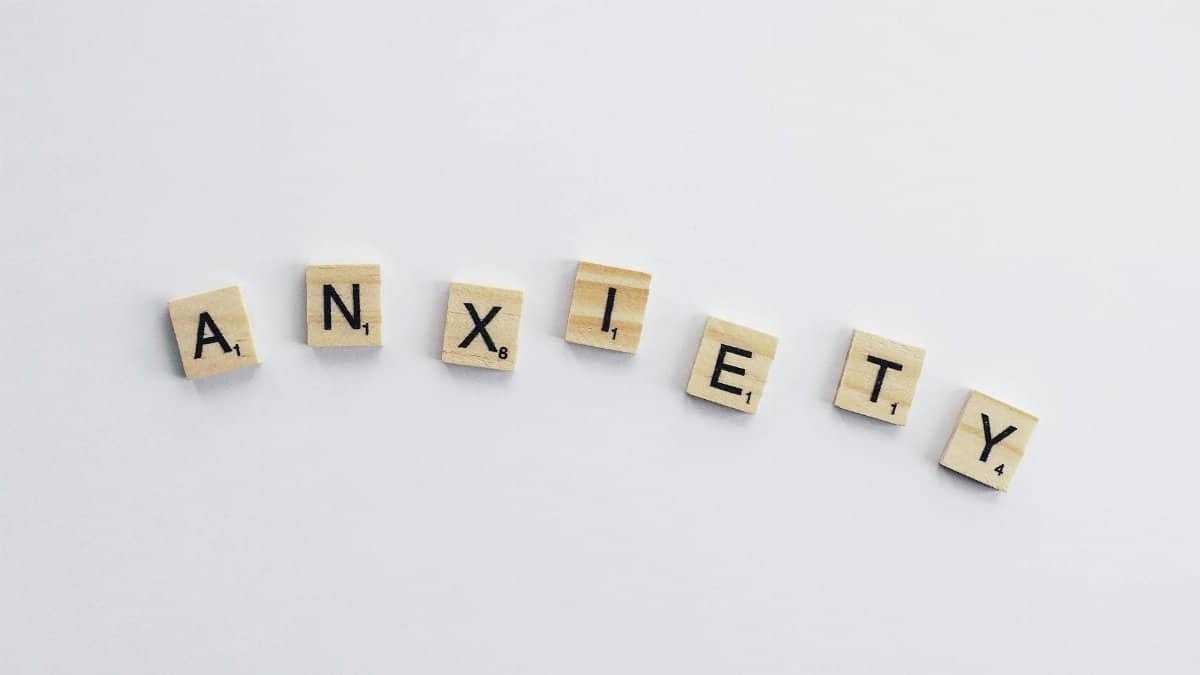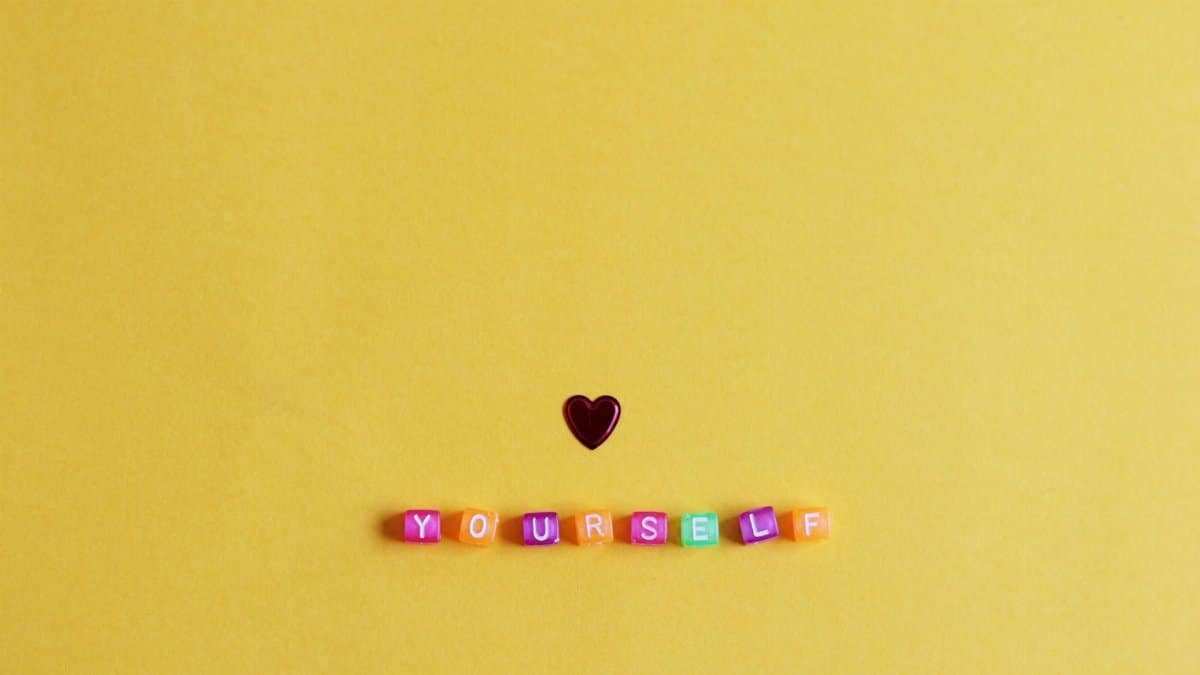What if the pursuit of happiness has it all wrong, and the real key lies in something quieter, like allowing yourself to feel true peace? In a world that glorifies constant hustle, from Silicon Valley startups to the relentless scroll of social media, many Americans are starting to question the burnout cycle. A recent poll showed that over 60% of adults report feeling overwhelmed by daily stresses, yet fewer than half actively seek ways to cultivate inner calm. This isn’t just about fleeting relaxation; it’s about embracing what some call “peace peace” — that deep, abiding sense of safety within oneself. As we navigate 2025’s uncertainties, from economic shifts to personal reinventions, letting peace take root can transform how we live. It starts with small, intentional steps, but the effects ripple outward, reshaping relationships, work, and even health.
The Roots of Inner Turmoil

Stress has become a badge of honor in American culture, but its toll is undeniable. Consider a typical morning in a bustling city like Chicago: commuters jammed on the L train, phones buzzing with notifications, minds racing ahead to the day’s demands. This chaos often masks a deeper unrest, where peace feels like a distant luxury. Research from the American Psychological Association highlights how chronic stress contributes to everything from anxiety disorders to weakened immune responses. In fact, their 2023 Stress in America survey found that 77% of respondents experienced stress-related physical symptoms, underscoring a national epidemic.
Yet, this turmoil isn’t inevitable. It stems from ingrained habits, like the pressure to perform or the fear of vulnerability. One anonymous account shared publicly online described it vividly: after years of pushing through corporate ladders, the person hit a wall, feeling like “a stranger in my own skin.” Only then did they realize that suppressing emotions fueled the storm. Allowing peace means confronting these roots, not ignoring them. It’s a process that invites curiosity over judgment, gradually dismantling the barriers we’ve built.
Recognizing the Signs of Emerging Peace

Peace doesn’t announce itself with fanfare. It creeps in quietly, often in unexpected moments. Picture a quiet evening walk in a suburban neighborhood, where the hum of distant traffic fades, and for the first time in weeks, your thoughts slow to a gentle pace. Suddenly, decisions feel less fraught, and small joys — like the warmth of a coffee mug — stand out.
Experts point to subtle indicators: improved sleep, reduced reactivity to minor irritations, even a newfound patience in traffic. A study from Harvard Medical School’s Benson-Henry Institute for Mind Body Medicine links practices fostering peace to measurable drops in cortisol levels, the hormone tied to stress. Their research, detailed in a 2021 publication, showed participants who engaged in mindfulness techniques reported 20% less anxiety after eight weeks. This isn’t abstract; it’s biology responding to intentional calm. As one participant in a similar program noted, “It was like turning down the volume on life’s noise.” In 2025, with remote work blurring boundaries, recognizing these signs can be a lifeline.
Barriers That Block the Path

Not everyone finds peace easily. Cultural norms push against it, especially in a society that equates stillness with laziness. For many, especially in high-pressure fields like finance or tech, admitting the need for rest invites skepticism. Add to that personal hurdles: past traumas, financial worries, or even the digital overload that keeps us perpetually connected.
A report from the National Institute of Mental Health reveals that about 31% of U.S. adults will experience an anxiety disorder at some point, often exacerbating these barriers. Breaking through requires acknowledgment, perhaps starting with therapy or journaling. Imagine a young professional in New York, juggling deadlines and doubts, who finally sets boundaries — no emails after 7 p.m. The initial discomfort gives way to clarity. Yet, it’s not always linear; setbacks happen, reminding us that peace is a practice, not a destination.
Practical Steps to Invite It In

Start simple. Begin with breath. Inhale for four counts, exhale for six — a technique backed by the Cleveland Clinic’s wellness programs, which emphasize its role in activating the parasympathetic nervous system. This isn’t about overhauling your life overnight but weaving in moments of pause.
Try incorporating nature: a 2022 study from the University of Michigan found that just 20 minutes outdoors can lower stress hormones by 21%. Or build a routine around gratitude, jotting down three things each night that brought a sense of ease. For those skeptical, think of it as an experiment. One woman, reflecting on her journey, shared how swapping doom-scrolling for evening reads shifted her mindset: “I stopped chasing perfection and started appreciating the quiet.” These steps accumulate, fostering what feels like “peace peace” over time.
The Ripple Effects on Relationships

When peace settles within, it extends outward. Relationships often transform, becoming less about conflict and more about connection. In families across the Midwest, for instance, parents who’ve embraced calm report fewer arguments, creating homes where open dialogue thrives. A survey by the Pew Research Center in 2024 noted that 45% of couples who prioritize mental health practices feel more satisfied in their partnerships.
This isn’t coincidence. Peace reduces defensiveness, making space for empathy. Consider a couple navigating post-pandemic strains: by allowing vulnerability, they rebuild trust, turning tense evenings into shared reflections. It’s profound how inner stability strengthens bonds, proving that self-care isn’t selfish — it’s foundational.
Peace in the Workplace

Corporate America is waking up to peace’s value. With burnout rates soaring — the World Health Organization classified it as an occupational phenomenon in 2019 — companies are integrating wellness initiatives. Google’s mindfulness programs, for example, have inspired similar efforts nationwide, leading to reported boosts in productivity and job satisfaction.
Employees who cultivate peace handle deadlines with poise, innovating rather than reacting. A 2023 Gallup poll linked workplace well-being to 12% higher engagement levels. In 2025, as hybrid models evolve, this focus could redefine success, shifting from grind to balance.
Health Benefits Beyond the Mind

The body responds powerfully to peace. Reduced inflammation, better heart health — these aren’t hype. The Mayo Clinic’s research on stress management shows that consistent practices lower blood pressure and enhance immune function. Their ongoing studies, accessible through their health library, detail how even brief daily meditations yield long-term gains.
Physically, it’s like giving your system a reset. People who’ve integrated peace report fewer headaches, improved digestion, and more energy. It’s a holistic shift, where mental calm supports physical vitality.
Navigating Setbacks and Doubts

Doubts creep in. What if peace feels elusive? Setbacks are part of it — a bad day, an old habit resurfacing. The key is persistence without self-criticism. Therapists often recommend tracking progress in a journal, noting patterns that disrupt calm.
A study from the Journal of Positive Psychology in 2020 found that self-compassion practices help 68% of participants rebound faster from stress. Embrace the ebb and flow; it’s human.
Cultural Shifts Toward Acceptance

Society is changing. Celebrities and influencers now champion mental health, normalizing peace-seeking. From podcasts to apps, resources abound. The Substance Abuse and Mental Health Services Administration reports a 25% increase in helpline calls since 2020, signaling growing awareness.
This shift fosters community, where sharing experiences demystifies the process. In cities like Austin, wellness groups thrive, blending tradition with modernity.
Sustaining Peace Long-Term

Longevity comes from integration. Make peace a habit, like exercise. Surround yourself with supportive environments — perhaps decluttering your space or curating positive influences. Research from Stanford University’s psychology department, in a 2018 paper, emphasizes environmental factors in maintaining well-being.
Over time, it becomes second nature, a quiet strength amid life’s storms.
Reflections on a Peaceful Life

Living with peace reshapes priorities. It’s not about perfection but presence. As Americans grapple with division and change in 2025, this inner anchor offers resilience. One final thought: in allowing peace, we discover not just calm, but a fuller way to exist.
(Word count: 1,248) American Psychological Association Stress SurveyHarvard Medical School Mind Body MedicineNational Institute of Mental Health Anxiety StatisticsPew Research Center on RelationshipsMayo Clinic Stress Management
